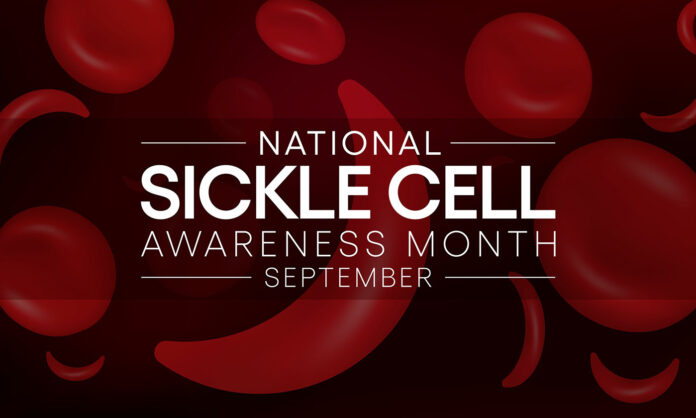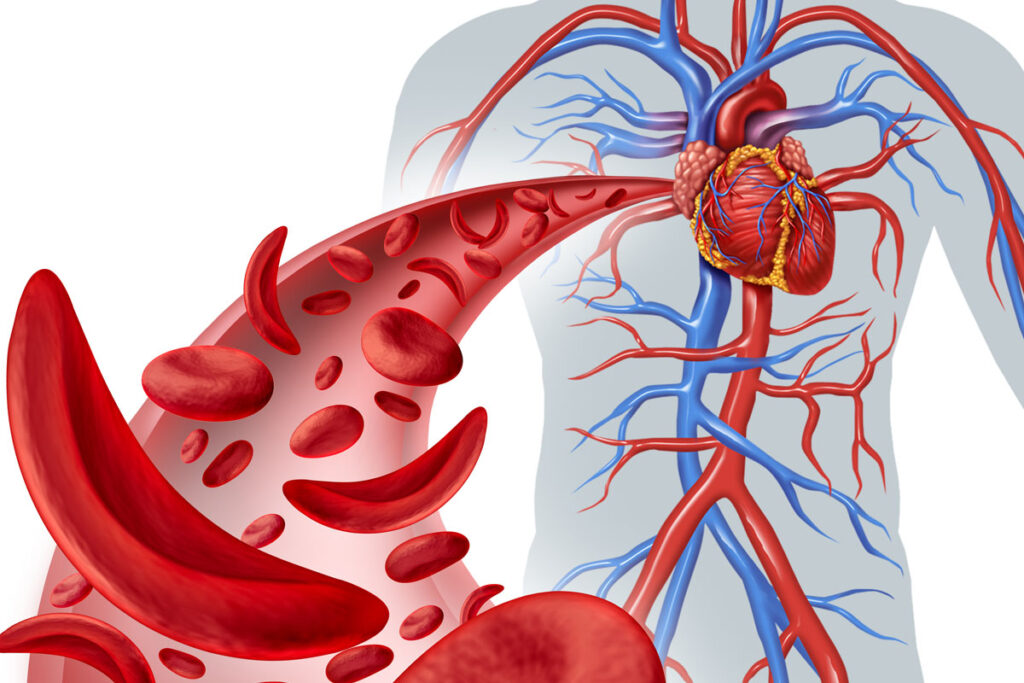September is Sickle Cell Awareness Month, a time when the world comes together to shine a light on a genetic disorder that affects millions globally. Sickle Cell Disease challenges and impacts Black communities. Join us as we unlock the doors of knowledge and compassion to ignite a beacon of hope for all those touched by this condition.
- Genetic Complexity: Sickle Cell Disease (SCD) is not just a single gene condition. It arises when a person inherits two specific genes, one from each parent. These genes, much like pieces of a genetic puzzle, determine various traits, including the susceptibility to this disease. The interplay of these genetic factors is complex and unique to each individual.
- Global Impact: SCD knows no boundaries, and its impact reverberates worldwide. It’s not confined to a specific region; rather, it’s a global health concern. In the United States alone, approximately 100,000 individuals grapple with the challenges posed by SCD. However, this is just a fraction of the millions around the world who are affected by this condition.
- Diverse Types: SCD is far from a one-size-fits-all condition. It manifests in various forms, each with its distinct characteristics and challenges. Hemoglobin SS, commonly known as sickle cell anemia, stands out as the most prevalent form. This specific type occurs when a person inherits two Hemoglobin S sickle cell traits, resulting in the most severe manifestation of the disease. Other variations include Hemoglobin SC and sickle beta thalassemia, each presenting its unique set of circumstances.
- Diagnostic Prowess: Diagnosing SCD or even determining if someone carries the sickle cell trait is not straightforward. It requires specialized blood tests such as Hemoglobin Electrophoresis and a Complete Blood Count (CBC). These tests provide valuable insights into the types of hemoglobin an individual produces and assess hemoglobin levels, a critical indicator of anemia.
- Altered Blood Cells: One of the defining features of SCD is its impact on the structure and behavior of red blood cells. Under stressful conditions, these cells undergo a remarkable transformation, adopting peculiar crescent or banana-like shapes. Unlike their round and flexible normal counterparts, these altered cells tend to stick to vessel walls. This adhesive behavior disrupts the smooth flow of blood through vessels, leading to various complications.
- The Role of Normal Blood Cells: In individuals without SCD, normal red blood cells play a crucial role in efficiently transporting oxygen throughout the body. However, in those with the condition, some red blood cells lose their usual shape and become troublesome crescent shapes. These misshapen cells tend to adhere to the walls of blood vessels, creating blockages. These blockages can hinder blood flow, resulting in excruciating pain, organ damage, or, in severe cases, strokes.
- Blood Transfusions: For some individuals living with SCD, blood transfusions are a lifeline. These transfusions involve receiving healthy red blood cells from carefully matched donors who don’t carry the SCD gene or trait. By introducing these healthy cells into the bloodstream, the adverse effects of SCD can be alleviated.
- The Power of Bone Marrow: Remarkably, SCD can be cured in certain patients through a bone marrow transplant. This intricate procedure entails harvesting healthy cells from a compatible donor’s bone marrow and transplanting them into the patient. However, this potential cure comes with significant risks and is not the right choice for everyone. Expert medical advice is crucial in determining its suitability.
- Anemia Management: Anemia is a common consequence of SCD. This occurs because the altered red blood cells in SCD have a shorter lifespan, reducing the body’s ability to transport oxygen effectively. Infections or the enlargement of the spleen, an organ responsible for storing red blood cells, can exacerbate anemia in individuals with SCD. To combat severe anemia, blood transfusions are often employed as an effective treatment.
- Quality of Life: Despite the challenges posed by SCD, a remarkable majority of newborns with the condition in the United States now have the opportunity to lead fulfilling lives as adults. Quality of life for individuals with SCD can be significantly enhanced through proactive measures. Regular check-ups, adherence to prescribed treatments like hydroxyurea, infection prevention through simple practices like handwashing, and maintaining a healthy lifestyle through proper hydration and nutrition are all key to improving the well-being of those living with SCD. With the right support, individuals can defy the odds and thrive in the face of adversity.






